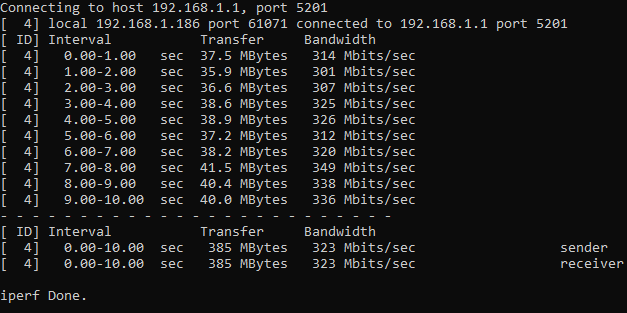Much better, thanks:



@smileys29 so how about just reverting to WDS? Seems to work fine.
@daniel 802.11r does not work with this is that correct? I still see those 'key adition failed' error messages as reported here:
Much better, thanks:



@smileys29 so how about just reverting to WDS? Seems to work fine.
@daniel 802.11r does not work with this is that correct? I still see those 'key adition failed' error messages as reported here: